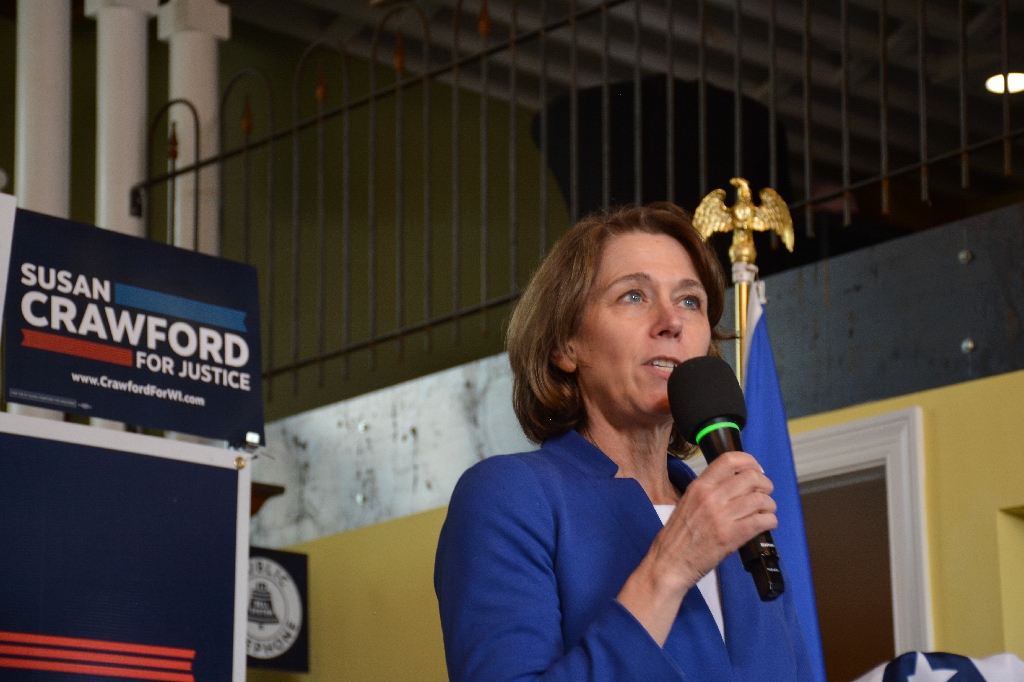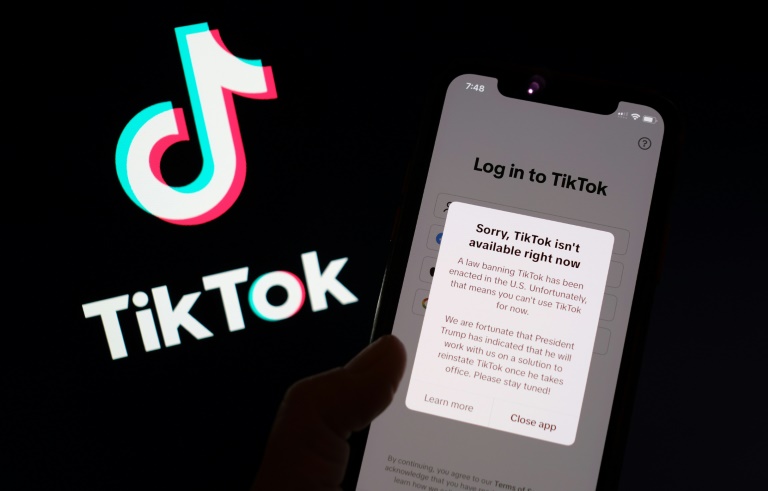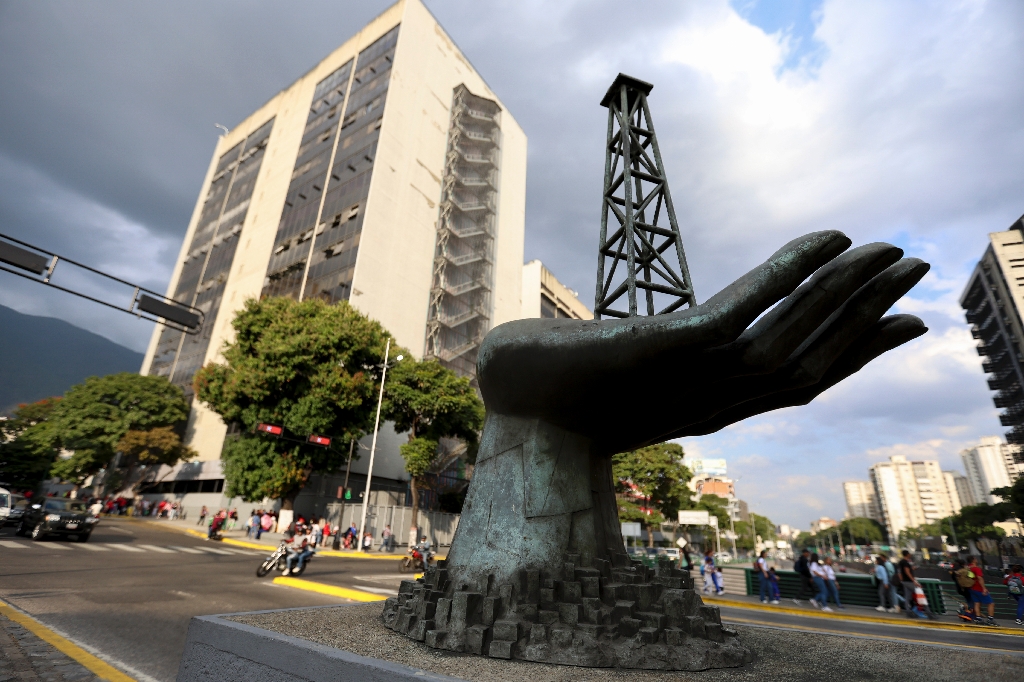Washington (AFP) – Consumer inflation in the United States rose for a second straight month in August, the government reported Wednesday, putting the heat on policymakers as they work to lower prices.
The consumer price index (CPI), a key inflation gauge, jumped 3.7 percent from a year ago, picking up pace from July’s 3.2 percent figure, said the Labor Department.
But a measurement stripping out volatile segments cooled to its slowest rate since September 2021.
All eyes are on the report, which is expected to have a bearing on the US central bank’s interest rate decision due next week.
The Federal Reserve has lifted the benchmark lending rate rapidly since March last year to tamp down demand and sustainably lower inflation — but the current figure remains stubbornly above officials’ two percent goal.
In August, higher gasoline costs bumped up headline inflation but the so-called core reading — removing the volatile food and energy components –- cooled to 4.3 percent on an annual basis.
This is its lowest level in nearly two years.
“Today’s report provides more evidence that core inflation is trending down toward pre-pandemic levels at a time when employment remains strong,” said President Joe Biden in a statement.
Acknowledging that an increase in gas prices has strained family budgets, Biden added that he remains “laser-focused on cutting energy costs.”
– Disinflation ahead –
“The index for gasoline was the largest contributor to the monthly all items increase, accounting for over half of the increase,” said the Labor Department on Wednesday.
The department added that the shelter index, which takes into account rent, continued advancing — rising for a 40th consecutive month.
Between July and August, CPI rose 0.6 percent, accelerating from the prior month too while the core figure picked up more than anticipated in the same period.
But the general uptick is expected to reverse in the coming months.
“We expect that a slowing economy, looser labor market conditions and moderating wage growth will support a further deceleration in inflation,” said economist Nancy Vanden Houten of Oxford Economics.
She added that Fed officials will likely look past the latest rise in headline CPI.
“Easing demand for goods and services, the pass-through from softer home and rent price inflation, and cooling wage growth should lead to further disinflation,” added EY chief economist Gregory Daco.
– ‘Cautious’ –
While the latest report could give the Fed some pause, analysts expect it may not translate to further rate hikes.
If core readings continue to weaken, “that will be taken as a sign by the Fed that perhaps further tightening is not necessary,” said Daco.
“The paradigm for Fed policymakers has shifted away from tighten at all costs to tighten only as certain conditions are being met,” he added.
These conditions include whether domestic demand is stronger than expected and if the labor market is still hotter-than-hoped.
“The next move from the Fed will be a cut in rates but we don’t expect that to happen until the middle of next year,” Vanden Houten told AFP.
Most recently, the central bank raised rates to the highest level in 22 years.
“We think they’re going to be quite cautious about lowering rates,” she said.




